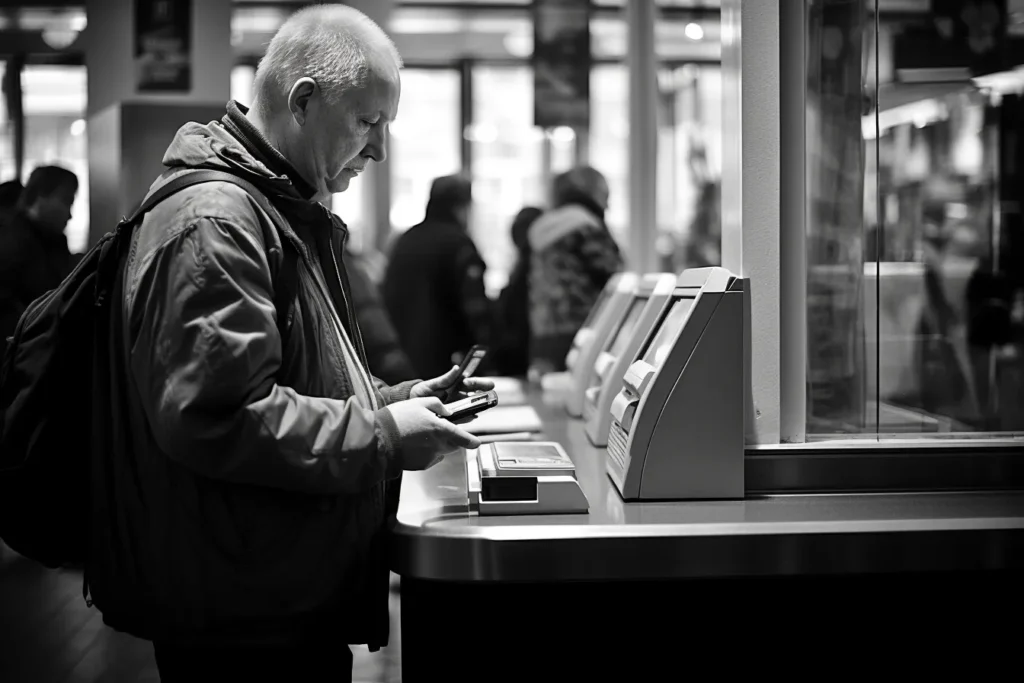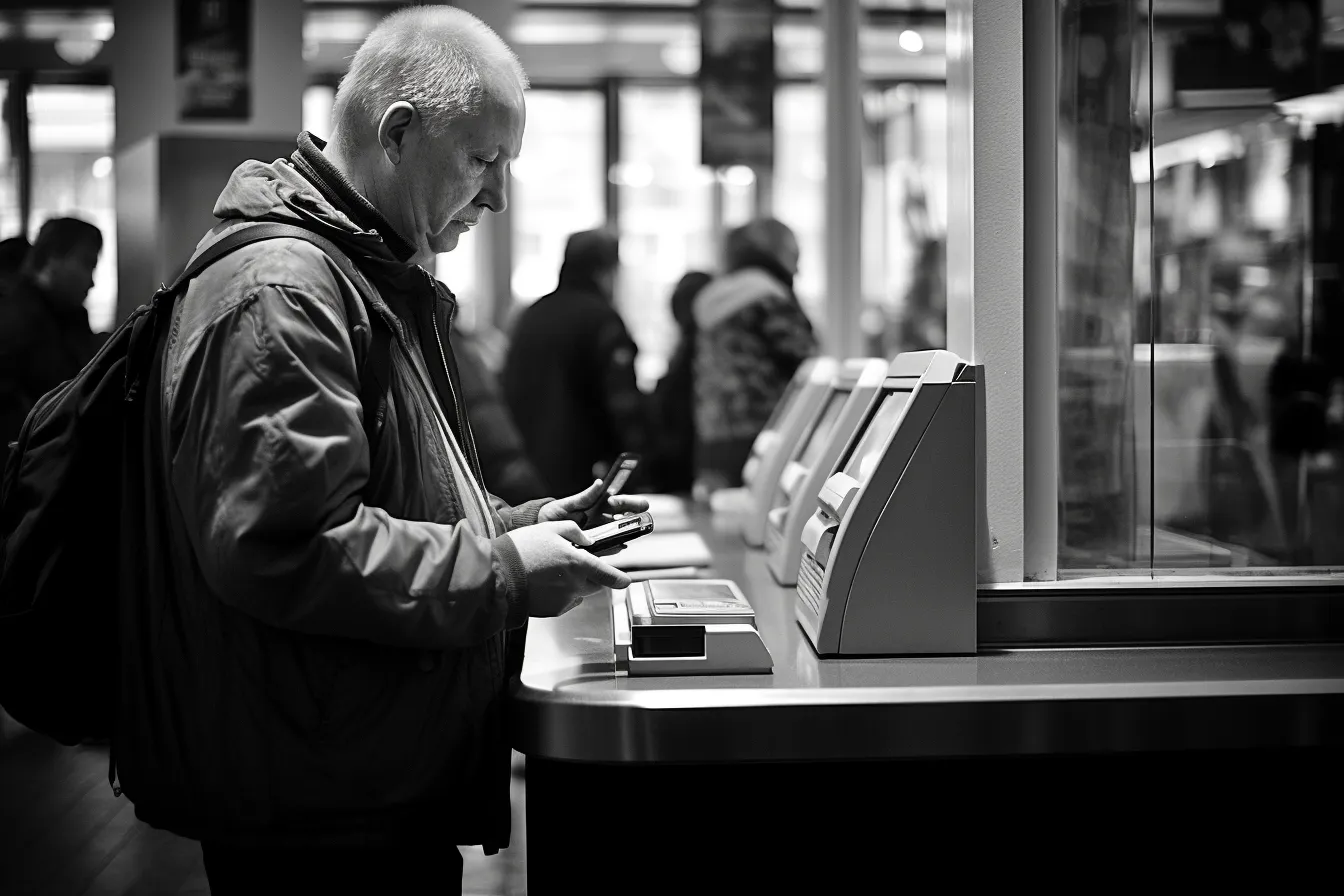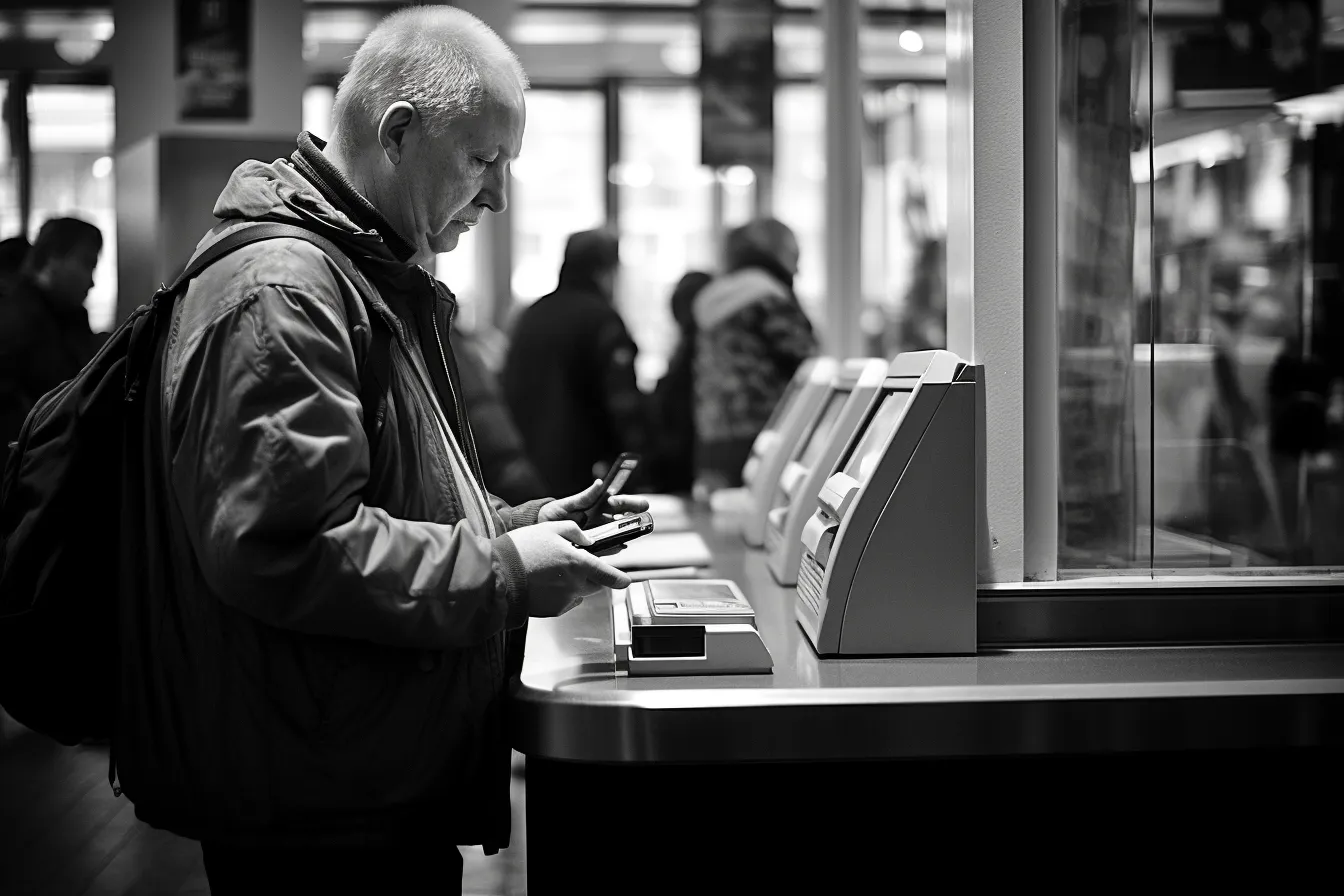Branchless Banks – The Future or Just a Phase?
Understanding the rise of online-only banks
Over the past decade, the banking landscape has undergone a significant transformation. The traditional brick-and-mortar banks that we are accustomed to seeing on every corner are now facing fierce competition from a new breed of financial institutions – branchless banks. These online-only banks operate entirely on the internet, offering a range of financial services without the need for a physical branch network. But are they the future of banking, or is this just a passing trend?
The Rise of Branchless Banks
Branchless banks have gained rapid popularity in recent years, spurred by advancements in technology and changing customer preferences. These virtual banks aim to provide a seamless and convenient banking experience to consumers by leveraging digital platforms and mobile applications. By eliminating the need for physical branches, they can significantly reduce operating costs and pass on the savings to their customers in the form of better interest rates and lower fees.
Furthermore, branchless banks often offer a wider range of services compared to their traditional counterparts. From high-yield savings accounts to investment options and hassle-free loan applications, these online-only banks strive to cater to all aspects of their customers’ financial needs. They understand the importance of convenience in our fast-paced digital world and have designed their services to be accessible anytime, anywhere.
The Benefits of Branchless Banking
There are several compelling reasons why branchless banking is gaining traction among consumers. First and foremost, the convenience factor cannot be overstated. With a branchless bank, you can perform all your banking activities from the comfort of your own home or on the go, without the need to visit a physical branch during restricted banking hours. This enhanced accessibility makes managing your finances more efficient and allows for greater control over your money.
Moreover, branchless banks often offer higher interest rates on savings accounts and lower fees compared to traditional banks. By eliminating the costs associated with maintaining physical branches, these online-only institutions can pass on the savings to their customers. As a result, you may find that your money grows at a faster pace with a branchless bank, boosting your overall financial well-being.
Addressing the Concerns
Despite the many advantages of branchless banking, there are valid concerns that often arise. One of the main apprehensions is regarding the security of online transactions. While technology continues to advance and security measures are constantly improving, the risk of fraud and identity theft remains a legitimate concern for some individuals.
Another common concern revolves around the lack of physical presence. Traditional banks provide a sense of reassurance through face-to-face interaction, allowing customers to build relationships and seek assistance when needed. For some, the absence of physical branches may feel impersonal and raise doubts about the level of customer support offered by branchless banks.
The Future of Banking
So, are branchless banks the future of banking, or are they just a passing phase? It’s difficult to say definitively, as the financial landscape is continually evolving. However, it is evident that branchless banks have made a significant impact on the industry and have a growing customer base.
As technology continues to advance and consumer preferences shift further towards digital solutions, it is likely that branchless banks will continue to thrive. They offer a level of convenience and accessibility that traditional banks struggle to match. Nevertheless, it is essential to recognize that customer preferences and needs vary, and some individuals may still prefer the traditional banking model.
Ultimately, the rise of branchless banks signifies a significant shift in the way we perceive and interact with financial institutions. Whether they will completely replace traditional banks or coexist alongside them is yet to be seen. Nonetheless, their emergence highlights the increasing demand for seamless digital experiences and the importance of adapting to changing consumer trends in the banking industry.







